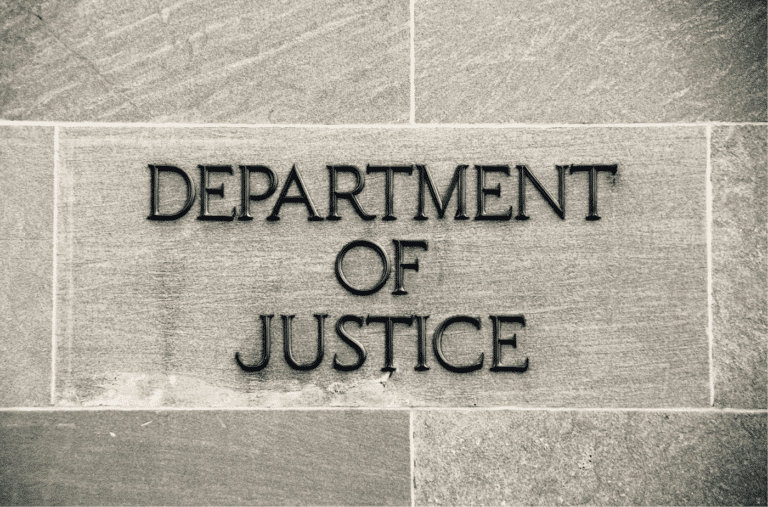By: Joe Robbins, Implementation Specialist, equivant Corrections
One of the primary goals within jails is maintaining discipline and order. This responsibility is vital for the safety of both inmates and staff. Inmate classification, when executed well, is a fundamental means in achieving this goal. It plays a crucial role in the discipline process in particular, shaping everything from housing assignments to disciplinary measures. Below are the main ways strategic inmate classification impacts order within correctional facilities.
Assessing Risk and Needs for Positive Change
The primary function of inmate classification is to evaluate the risk level posed by each individual. In simpler terms, you are separating the sheep from the wolves. This involves investigating a range of factors such as current/past convictions; current/past institutional behavior; pending charges or holds in other jurisdictions (if any); unsentenced/sentenced status; and/or any other information that may be deemed appropriate. By understanding the risk level (classification result) of each inmate, correctional staff can determine the level of supervision required and implement appropriate security measures throughout each day. This practical approach helps to prevent disturbances and mitigate potential threats within the facility.
After a security decision (classification) is made, inmate classification staff consider the unique needs of everyone (inmate management). Aspects such as mental health/medical problems, substance abuse history, gender issues, crime categories, etc. are considered to identify specific strategies that may benefit the inmate. By tackling these underlying needs (to the best of their ability), jails work hard to increase safety, reduce the likelihood of recidivism, and promote positive behavior change.
Housing Assignments for Safety
Inmate classification plays a crucial role in determining housing assignments within correctional facilities. Different housing units vary in their level of security, staffing methodology, supervision, and privileges. These range from maximum-security units (individual or multiple inmate secure cells) where privileges may be limited to minimum-security dormitories where many or all privileges are made available. By classifying inmates based on their risk level, and then making sure privileges are scaled to the inmates’ class level and behavior, agencies can place themselves in the best possible scenario to manage their inmate population and encourage positive behavior. This inmate management strategy helps to minimize conflicts (sheep vs. wolves) and maintain a safe and secure living environment for both inmates and staff.
For example, inmates with a history of violence, escape, or negative institutional behavior may be assigned to maximum-security units where strict supervision, limited privileges, and appropriate security measures are in place. On the other hand, non-violent offenders or those nearing the end of their sentence may be housed in lower-security settings where they have more freedom of movement, higher privileges, and access to more inmate programs.
Disciplinary Processes Must Affect Classification
When an inmate violates rules or engages in misconduct, correctional staff must assess the severity of the offense and determine guilt or innocence before imposing disciplinary measures. It is often overlooked that the issue of inmate discipline is subject to a level of due process, guaranteed by the constitution. Staff involved in the process must be aware of this requirement and follow it – or risk litigation. Once the process is legally, firmly, and fairly conducted, classification staff must also reassess the individual’s classification status. This ensures that disciplinary actions are followed up by reassigning inmates to the newly correct level and location in the facility, if needed. Failure to do so may inadvertently expose sheep to wolves and expose the agency, and possibly individual staff members to the risk of litigation.
For instance, a low-risk inmate who commits a minor infraction may receive a verbal warning or loss of privileges as a disciplinary outcome. In contrast, a high-risk inmate who poses a greater threat to the facility, inmates, and staff may face more severe sanctions such as isolation or transfer to a higher-security unit. It is vital to tailor disciplinary actions to the issue at hand, and then make the adjustment to the classification level, housing assignment, and the inmate’s privileges (or the lack thereof) in a proportionate manner. By doing this, correctional authorities can effectively address misconduct while maintaining order and safety within the facility and encourage positive behavior.
Putting the Right Steps in Place
Inmate classification serves as the foundation of a safe, clean, and quiet jail (it is possible!). Classification systems play a vital role in maintaining order, promoting safety, and aiding rehabilitation. As jails evolve, the importance of strategic inmate classification in managing inmate populations and ensuring the effectiveness of disciplinary measures remains undeniable. For more information about proven and easy classification management, please reach out to our team at equviant Corrections.






